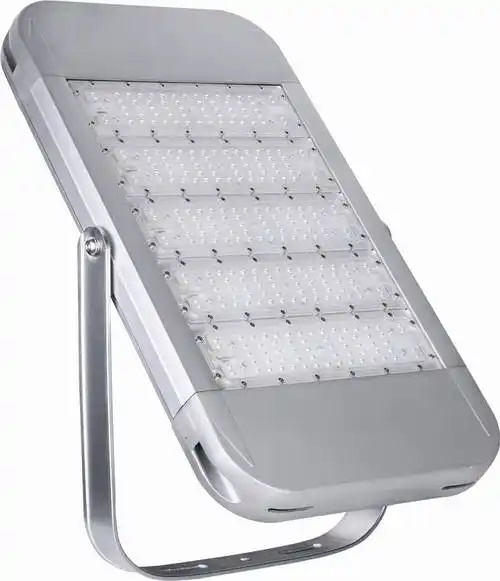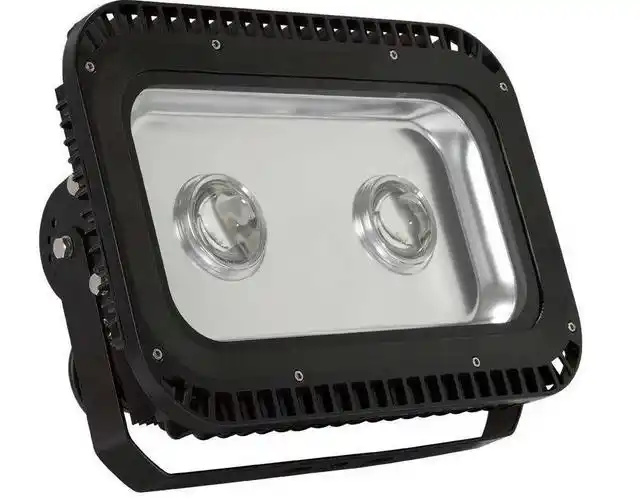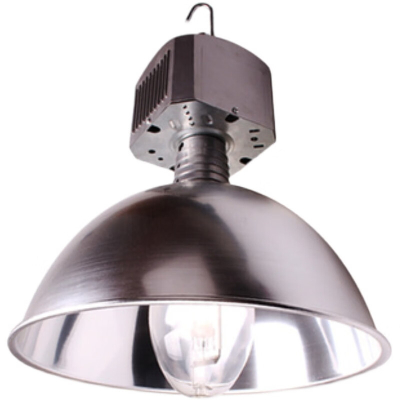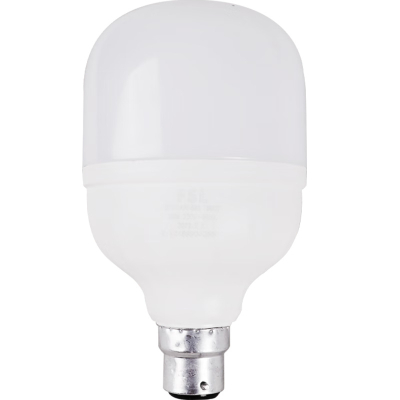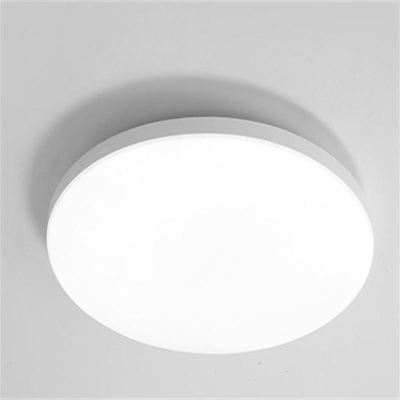Basic Lighting Fixtures
Basic lighting fixtures are devices used to provide illumination in various settings. Their primary purpose is to convert electrical energy into light energy to enhance visibility, create ambiance, and serve different lighting needs such as general lighting, task lighting, or accent lighting. These fixtures come in a wide range of shapes, sizes, and designs to suit different applications and spaces.
Recessed Lights: These are installed into the ceiling so that the fixture is flush with the ceiling surface. They provide a clean and unobtrusive look. Recessed lights are often used for general lighting in areas like living rooms, kitchens, and hallways. They can be adjusted to direct light in a specific direction, making them useful for highlighting specific areas such as a kitchen countertop or a piece of art on the wall.
Surface - mounted Ceiling Lights: These are attached directly to the ceiling's surface. They are available in various shapes, such as round, square, or oval. Surface - mounted ceiling lights are easy to install and are suitable for areas where recessed lighting may not be possible or practical. They provide a wide - angle illumination and are often used in basements, utility rooms, or in spaces with low ceilings.
Sconces: Wall sconces are fixtures that are mounted on the wall and usually project light upwards or downwards. They can serve both functional and decorative purposes. For example, in a hallway, sconces can provide enough light to guide people along the corridor while adding a touch of elegance to the space. They are also used in bathrooms to provide soft lighting around the mirror without causing glare.
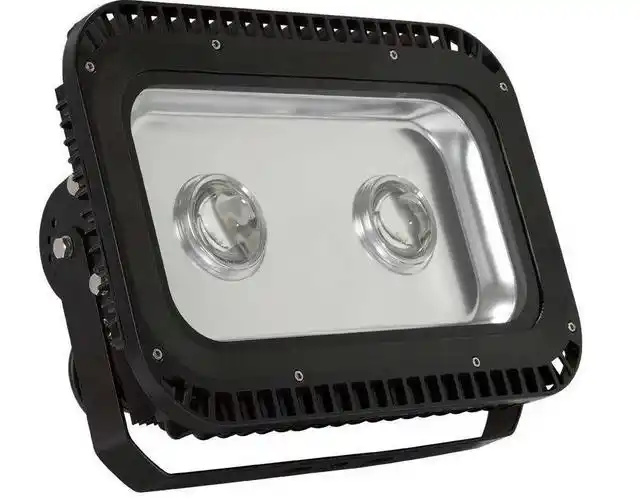
Wall Washers: These are designed to "wash" the wall with light, creating a uniform and even illumination. Wall washers are often used in art galleries or museums to showcase paintings or exhibits without casting shadows. They can also be used in residential settings to enhance the architectural features of a room, such as highlighting the texture of a brick wall.
Floor Lamps: Floor lamps are freestanding lighting devices that stand on the floor. They have a base, a pole, and a light - emitting part with a shade. Floor lamps are versatile and can provide ambient lighting, like in a living room corner to create a cozy atmosphere. They can also be used for task lighting, such as next to a reading chair. The height and angle of the light can usually be adjusted to meet different needs.
Table Lamps: Table lamps are placed on a table or a desk. They have a base that provides stability and a shade to direct and modify the light. Table lamps are excellent for task - oriented lighting, such as reading, writing, or working on a laptop. They also come in a wide variety of styles, from traditional to modern, allowing them to blend with different interior decors and add a decorative touch to the space.
The light source is the heart of the lighting fixture. It can be an incandescent bulb, a fluorescent tube, a compact fluorescent lamp (CFL), or a light - emitting diode (LED). Incandescent bulbs produce light by heating a filament until it glows. Fluorescent and CFLs use a gas - discharge process that emits ultraviolet light, which is then converted to visible light by a phosphor coating. LEDs are semiconductor devices that emit light when an electric current passes through them. LEDs are becoming increasingly popular due to their energy - efficiency, long lifespan, and versatility in color temperature and light distribution.
The shade or diffuser is used to modify the light emitted by the light source. A shade can be made of fabric, glass, or plastic. Fabric shades, such as those on table lamps and floor lamps, often create a soft and diffused light, reducing glare and creating a warm and inviting glow. Glass shades can be clear, frosted, or colored. Clear glass shades allow the light source to be more visible and can direct the light more precisely. Frosted glass diffuses the light evenly. Plastic shades are lightweight and can be molded into various shapes to achieve different light - distribution patterns.
The housing and frame of a lighting fixture provide support and protection for the internal components. The housing can be made of metal, plastic, or a combination of both. Metal housings, like those made of aluminum or steel, are durable and can help with heat dissipation. The frame gives the fixture its shape and structure. For example, in a chandelier, the frame determines the overall design and the arrangement of the light - emitting arms.
Mounting components vary depending on the type of fixture. Ceiling - mounted fixtures have a canopy or a mounting plate that attaches to the ceiling structure. Wall - mounted fixtures have brackets or mounts to secure them to the wall. Electrical components include wires, connectors, and switches. The wires connect the light source to the power supply, and the switch controls the on/off function and sometimes the brightness (in the case of dimmable fixtures).
Basic lighting fixtures can be used in a wide range of settings and for different lighting purposes. They can be combined and arranged to create a customized lighting plan for any space, whether it's a small apartment, a large office building, or an outdoor area. For example, a combination of recessed lights for general lighting, wall sconces for accent lighting, and table lamps for task lighting can transform a living room into a well - lit and inviting space.
These fixtures come in numerous styles and designs, allowing them to enhance the aesthetic of a space. From antique - looking sconces to modern - style floor lamps, lighting fixtures can serve as decorative elements that complement the overall interior or exterior design. They can set the mood of a room, whether it's a romantic and warm atmosphere with soft - lit table lamps or a bright and energetic environment with fluorescent ceiling lights.
Each type of basic lighting fixture serves a specific function. Ceiling - mounted fixtures provide general illumination, wall - mounted fixtures can guide and highlight, floor - standing fixtures offer flexibility in placement and lighting direction, and table - top fixtures are perfect for close - range tasks. This functionality ensures that there is an appropriate lighting solution for every need, such as reading, cooking, working, or simply creating a pleasant ambiance.
Some lighting fixtures, such as floor lamps and large chandeliers, take up a significant amount of space. Floor lamps need floor area, and chandeliers require enough ceiling height and space to look proportionate and not overcrowd the room. In smaller spaces, this can be a limitation, and the choice of lighting fixtures needs to be carefully considered to avoid making the area feel cramped.
Depending on the type of fixture, installation can range from relatively simple to quite complex. Ceiling - mounted recessed lights and chandeliers, for example, may require access to the ceiling structure and electrical wiring, and in some cases, professional installation is recommended to ensure safety and proper function. Wall - mounted fixtures also need to be installed correctly to be secure and level, and incorrect installation can lead to damage to the wall or the fixture itself.
In homes, basic lighting fixtures are used in every room. In the living room, a combination of floor lamps, table lamps, and ceiling - mounted lights can create a comfortable and well - lit space for relaxation and entertainment. In the bedroom, bedside table lamps provide task - oriented lighting for reading, while wall sconces can add a soft glow. In the kitchen, recessed lights or surface - mounted ceiling lights ensure good visibility for cooking, and under - cabinet lights (a type of task lighting) help with food preparation.
In offices, fluorescent ceiling - mounted fixtures are commonly used for general lighting to provide a bright and efficient workspace. In retail stores, a combination of track lighting (a type of ceiling - mounted fixture that allows for adjustable light direction), display lights (usually wall - mounted or table - top fixtures), and general overhead lighting is used to showcase products and create an inviting shopping environment. In restaurants, wall sconces and table lamps can create a cozy and intimate atmosphere for diners.
Basic lighting fixtures are also used outdoors. Wall - mounted lanterns can provide lighting for porches and entryways. Streetlights are a type of large - scale ceiling - mounted fixture that illuminates roads and sidewalks. Landscape lighting, which includes ground - level fixtures such as path lights and uplights (a type of floor - standing fixture that projects light upwards), is used to enhance the appearance of gardens and outdoor spaces at night.

